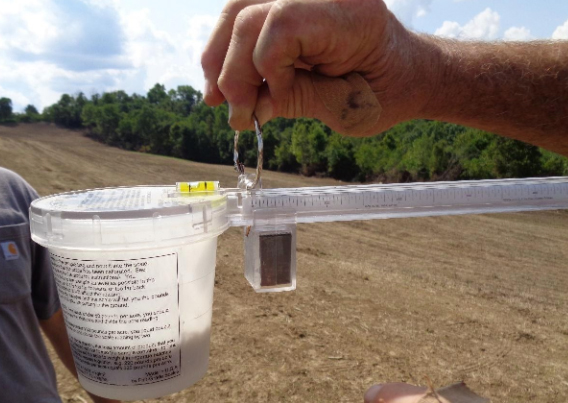Drills are a popular and effective way to establish crops that can be seeded in closely spaced rows, such as forage crops. Seed charts included with drill instruction manuals and charts, which are often located on the inside cover of seed bin hopper lids, are used to set seed meter openings to the desired seeding rate for the species selected.
Occasionally, the species selected for planting are not listed on these forage charts, or the grass seed may be hulled or dehulled, ultimately affecting the correct meter setting.
In any of these cases, we must select a seeding rate meter opening by approximation with a similar sized seed listed on the chart and calibrate the drill.
Instructions for calibrating a drill based on the rotation of the drive wheel may be found in most manufacturer manuals.
Another possible method is a hand-scale cup with balance beam. Several companies manufacture these balance beam cup meters, and they are sold under such names as Acu-Grain, Seed Rate Scale and others.
The process for drill calibration with these scales is like the drive wheel method, however, the seed is collected in a bag from the seed drop tubes, then placed in the cup and weighed by balance beam, which is set based on row spacing. The instructions that are included with these meters is easy to follow, and calibration is quick.













